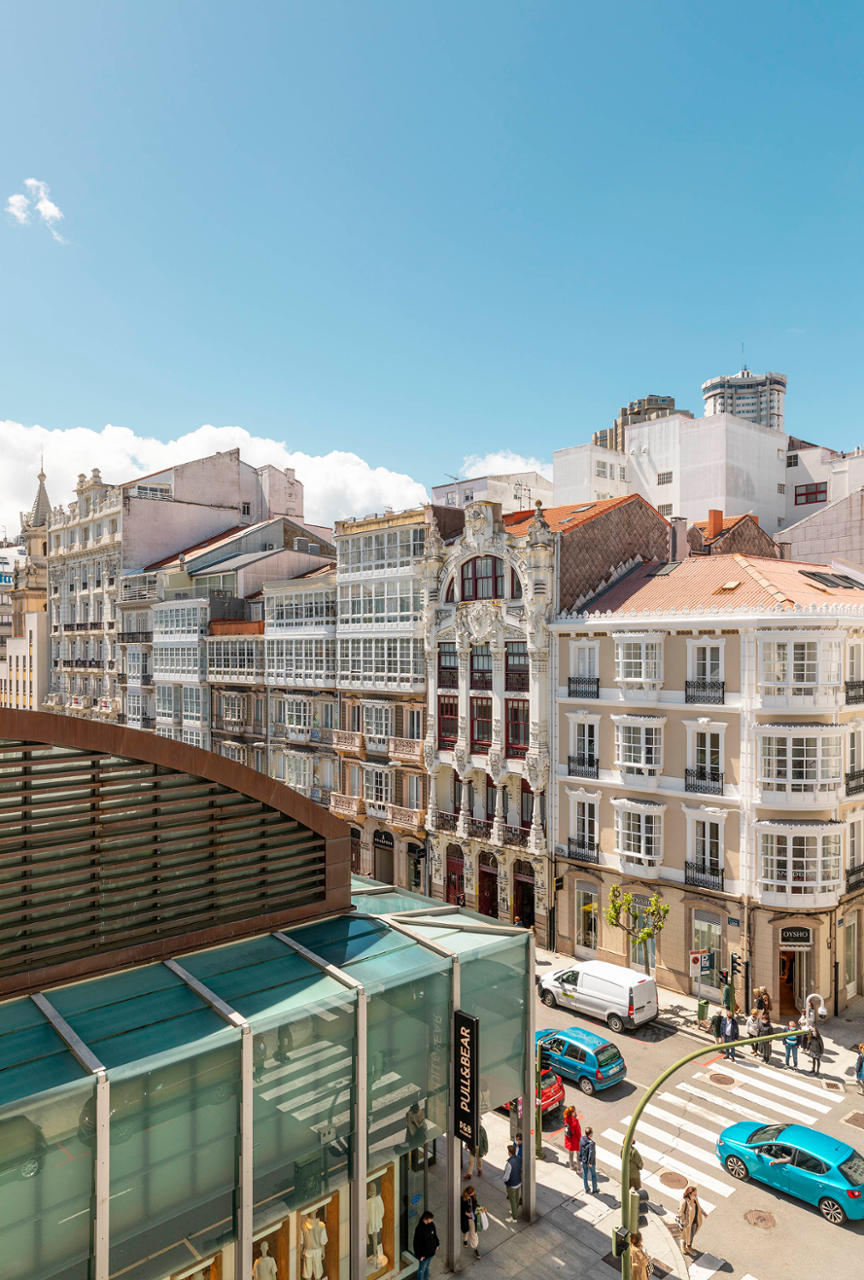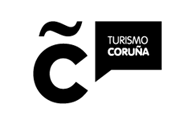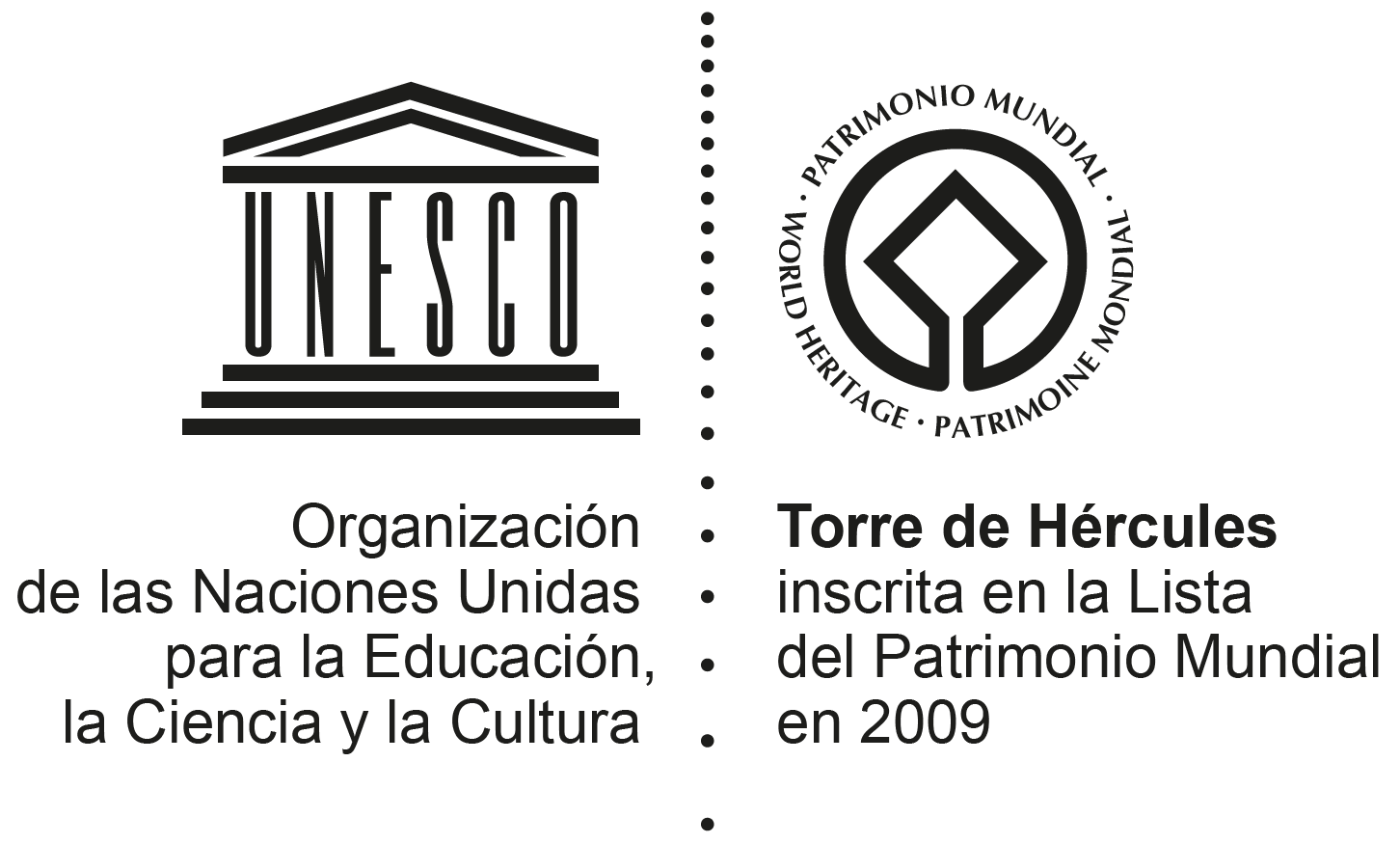- Home
- What to do in A Coruña
- A Coruña in 3 days
A Coruña en 3 días
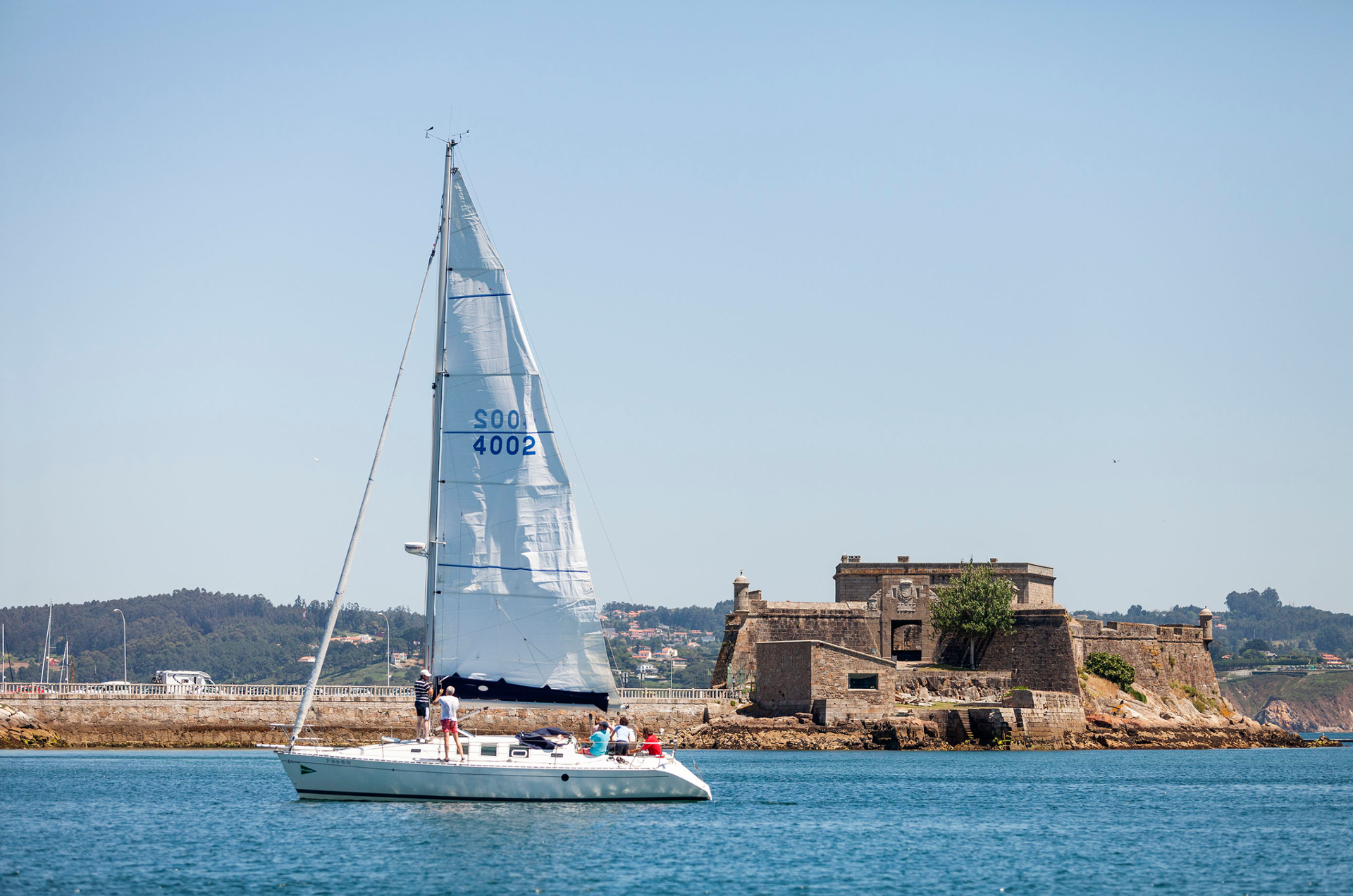
Día 1: Cita con Hércules y las focas
A Coruña es una ciudad que tiene mucho que ofrecer. Bañada por el Atlántico, la urbe herculina reúne gastronomía, cultura, moda, ocio y naturaleza; siendo un destino perfecto para una escapada. Alargando un poco un fin de semana puedes descubrir rincones únicos que te dejarán con ganas de más. Pero antes de volver, respondemos a tu pregunta: ¿Qué hacer en A Coruña en 3 días?
La Marina, el Parrote y Castillo de San Antón: Para empezar nuestro itinerario, te recomendamos que comiences por la Marina y el Parrote, una amplia explanada junto al puerto y las galerías coruñesas.
Siguiendo con el mar a tu derecha, llegarás al Castillo de San Antón . Esta edificación se construyó en el siglo XVI con fines defensivos y fue clave en la defensa ante la Expedición Drake-Norris. Desde 1964 es el Museo Arqueológico de la ciudad.
Paseo marítimo: Partiendo hacia la Torre de Hércules, recorreremos más kilómetros del paseo marítimo, que por la noche se ilumina con unas llamativas farolas rojas.
Estas luminarias, de inspiración modernista, son el soporte de más de mil esmaltes de la artista Julia Ares, con escenas que representan la historia de A Coruña. Entre las imágenes hay referencias a la Escuela de Arte Superior de Diseño Pablo Picasso, que se sitúa de cara al paseo y en la que estudió el pintor.
Parque escultórico: Una vez pasemos la playa de San Amaro, llegaremos al Sculpture Park , un museo al aire libre en el entorno de la Torre de Hércules que ocupa unas 74 hectáreas.
Por Punta Herminia, O Acoroado, el Cabal de Pradeira y la península de la Torre se encuentran diversas esculturas que reflejan la historia y los símbolos de la zona, además de una flora y fauna única.
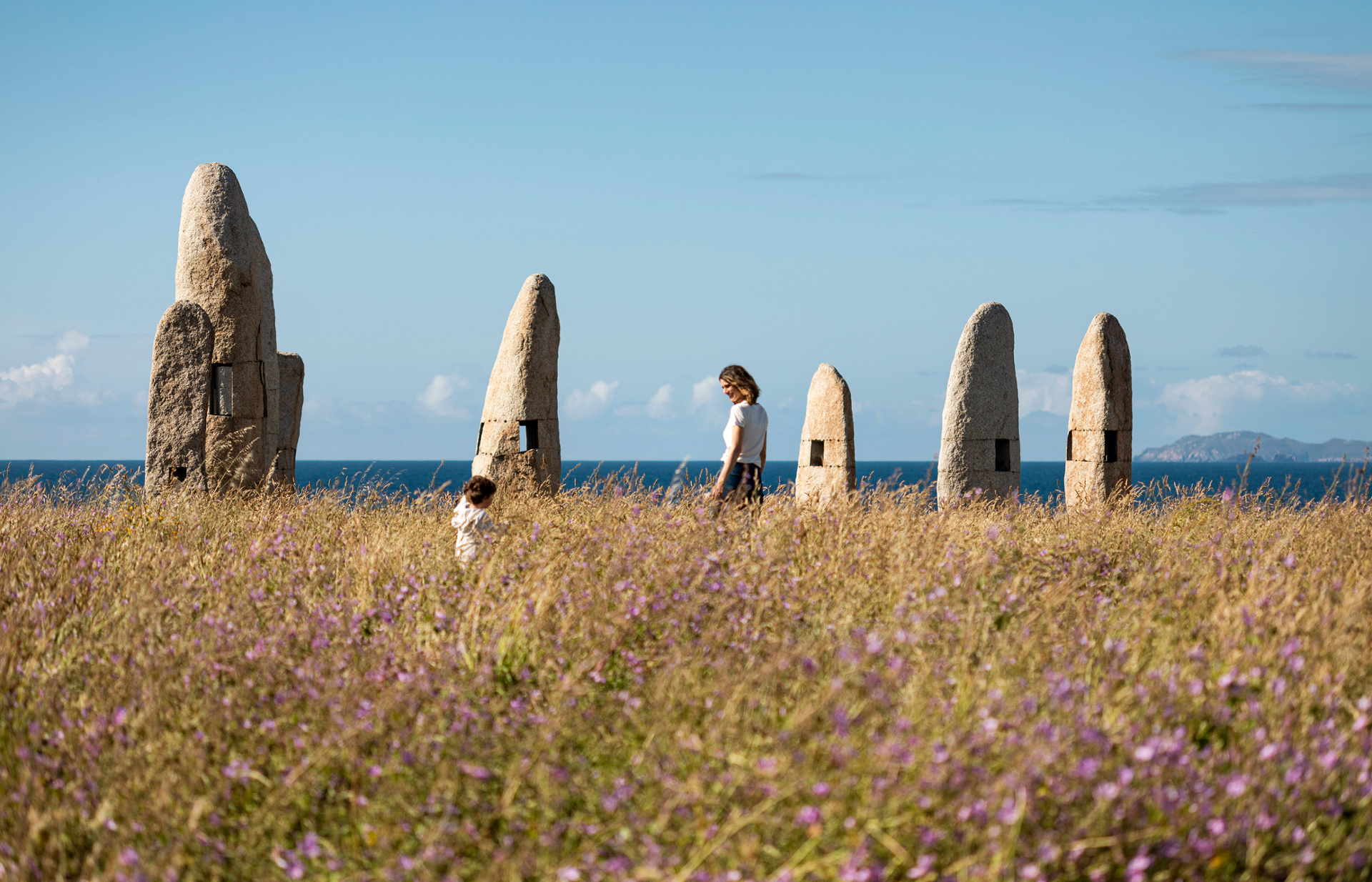
Torre de Hércules: Finalizamos la mañana ante la The Tower of Hercules , el icono por excelencia de A Coruña. Este faro, construído en el siglo I d. C., es el único de origen romano que mantiene en la actualidad su función de señal marítima. Antes de seguir te recomendamos que aproveches para comer haciendo un picnic en el entorno natural de la Torre de Hércules, donde se encuentra un merendero con unas inmejorables vistas al faro.
La casa de los peces y la casa del hombre: Por la tarde no puedes dejar de visitar la Aquarium Finisterrae . El Aquarium Finisterrae se sitúa a los pies de la Torre. Entre sus principales atracciones está la sala Nautilius, donde se encuentra el tiburón Gastón, o el área exterior, donde se puede visitar a las focas.
También frente al Paseo Marítimo, pero llegando a la Ensenada, está la Domus . El edificio, diseñado por el arquitecto japonés Arata Isozaki, cuenta con cerca de 150 módulos interactivos con los que aprender sobre el ser humano.
Puesta de Sol con surfistas: Te proponemos acabar el día disfrutando de una magnífica puesta de sol desde el Paseo Marítimo, a la altura de la fuente de los surfistas, que separa las playa del Matadero y Orzán. Por la noche no te puedes perder la zona de vinos de A Coruña. Entre la calle de la Estrella y María Pita podrás encontrar numerosos bares, restaurantes y cafeterías donde degustar tapas como el raxo, la zorza o el famoso cocodrilo.
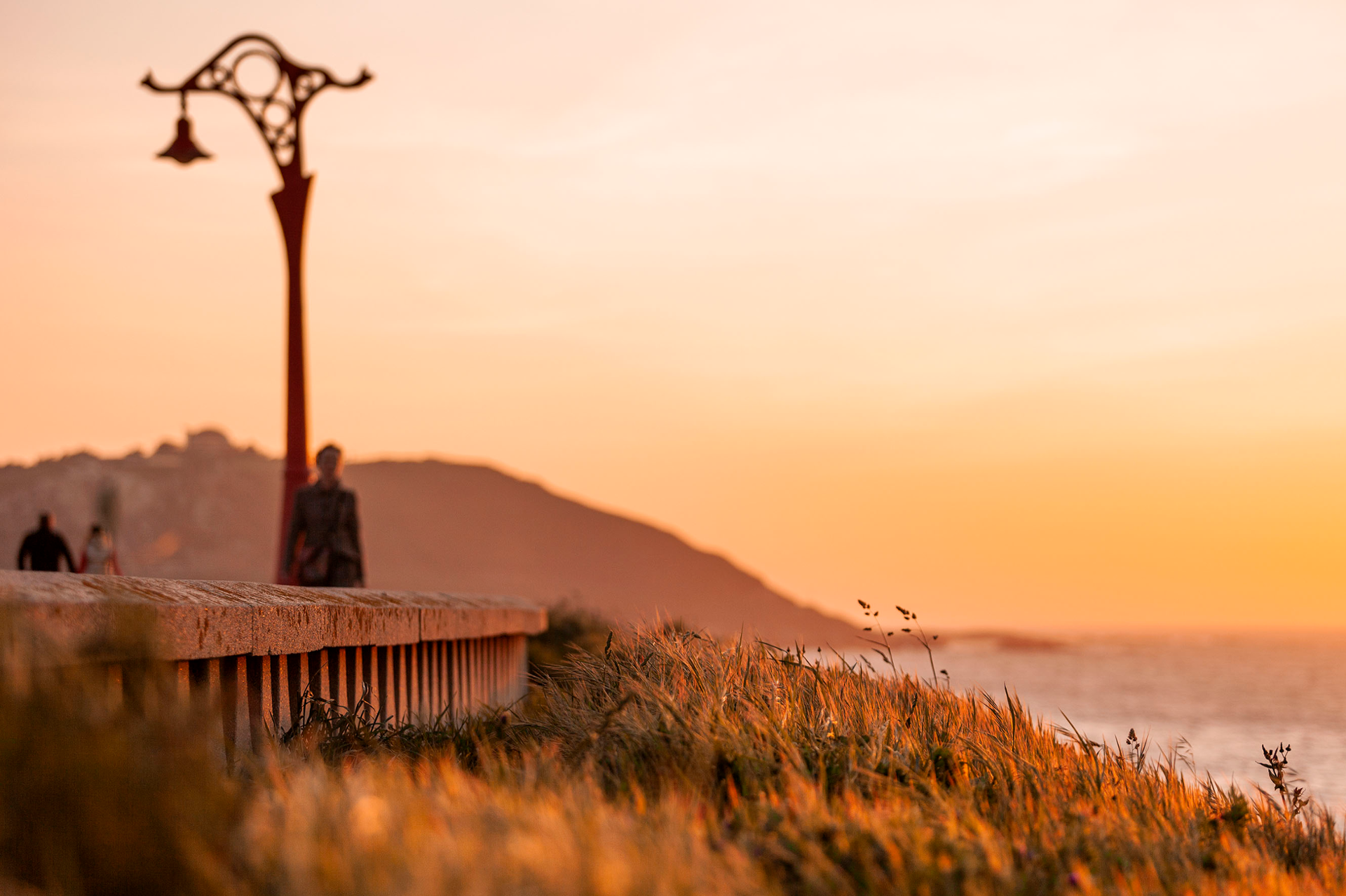
Day 2: A walk through history
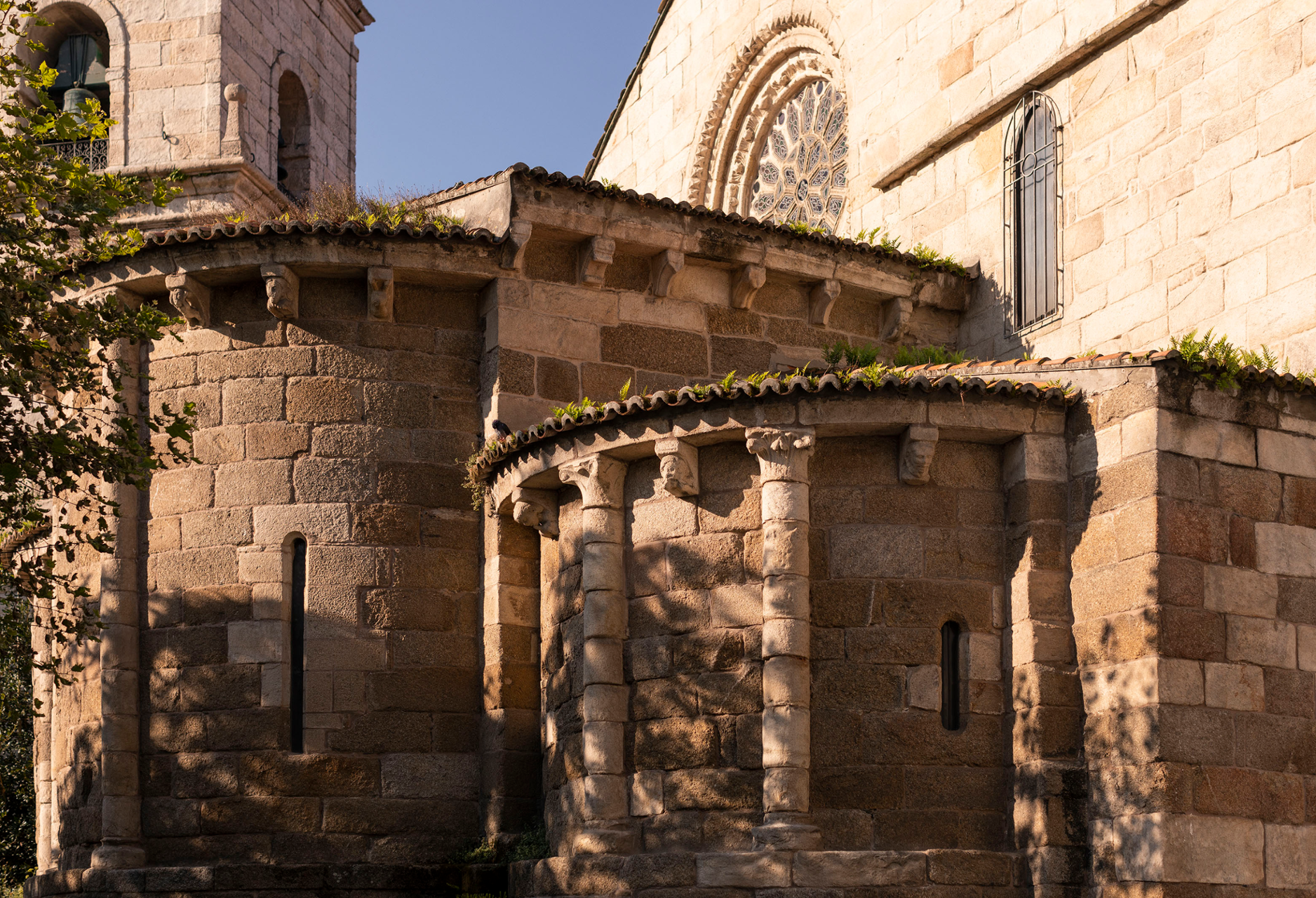
Let's continue our tour through the city.
Obelisco and Méndez Núñez Gardens: on our second day, we'll start at the Obelisco. Don't picture the typical Egyptian construction - our obelisk is a column crowned by a clock and a weathervane that was built in 1895. Right next to the Obelisco are the Méndez Núñez Gardens, where you will find the music gazebo and two modernist buildings: the Terraza and Kiosco Alfonso. In the garden, you'll also see statues of important Galician figures such as Emilia Pardo Bazán and Curros Enríquez.
Calle Real: Going back towards the Obelisco, walking along the Cantones, we arrive at Calle Real. This street is part of the history of A Coruña, and here you'll find not only shopping but also a unique architectural style that mixes modernism with glass galleries. At the end of Calle Real you'll see the Rosalía de Castro Theatre, which hosts many performances throughout the year. This is the beginning of Calle Riego de Agua, which leads directly to the Plaza de María Pita.
María Pita: Our City Hall is located in this square, which bears the name of one of the historical heroines of A Coruña, María Pita, who is memorialized in a statue that faces the City Hall. This square is also known for the covered terraces of the restaurants and cafés located under the arcades. We recommend you stop at one of them to try local dishes such as polbo á feira (Galician-style boiled octopus).
Old Town: After lunch, cross the square to enter the Old Town, or Ciudad Vieja. Its medieval and baroque streets will transport you to another time. Don't miss churches such as the Church of Santiago or the Collegiate Church of Santa María. Other noteworthy buildings include the María Pita House Museum and the Emilia Pardo Bazán House Museum, the latter of which was also the headquarters of the Royal Galician Academy. Both house museums are temporarily closed. Other stops include the Luís Seoane Foundation, with contemporary art and culture exhibitions, and the beautiful Plaza de Azcárraga with its Fountain of Desire. Here you will also find the Archive of the Kingdom of Galicia, created in 1775.
San Carlos Garden: next to the Archive is the San Carlos Garden, wich is temporarily closed . Inside is the mausoleum of the British Army general Sir John Moore, one of the heroes of the Battle of Corunna. From here you will have incredible views of the Parrote, which at sunset is bathed in a beautiful golden light. If you're already thinking about the night and why A Coruña is known as "a cidade que durme de pé" (the city that sleeps standing up), check out Los Cantones Village, where you'll find some of the city's best-known nightclubs, such as El Pelícano.
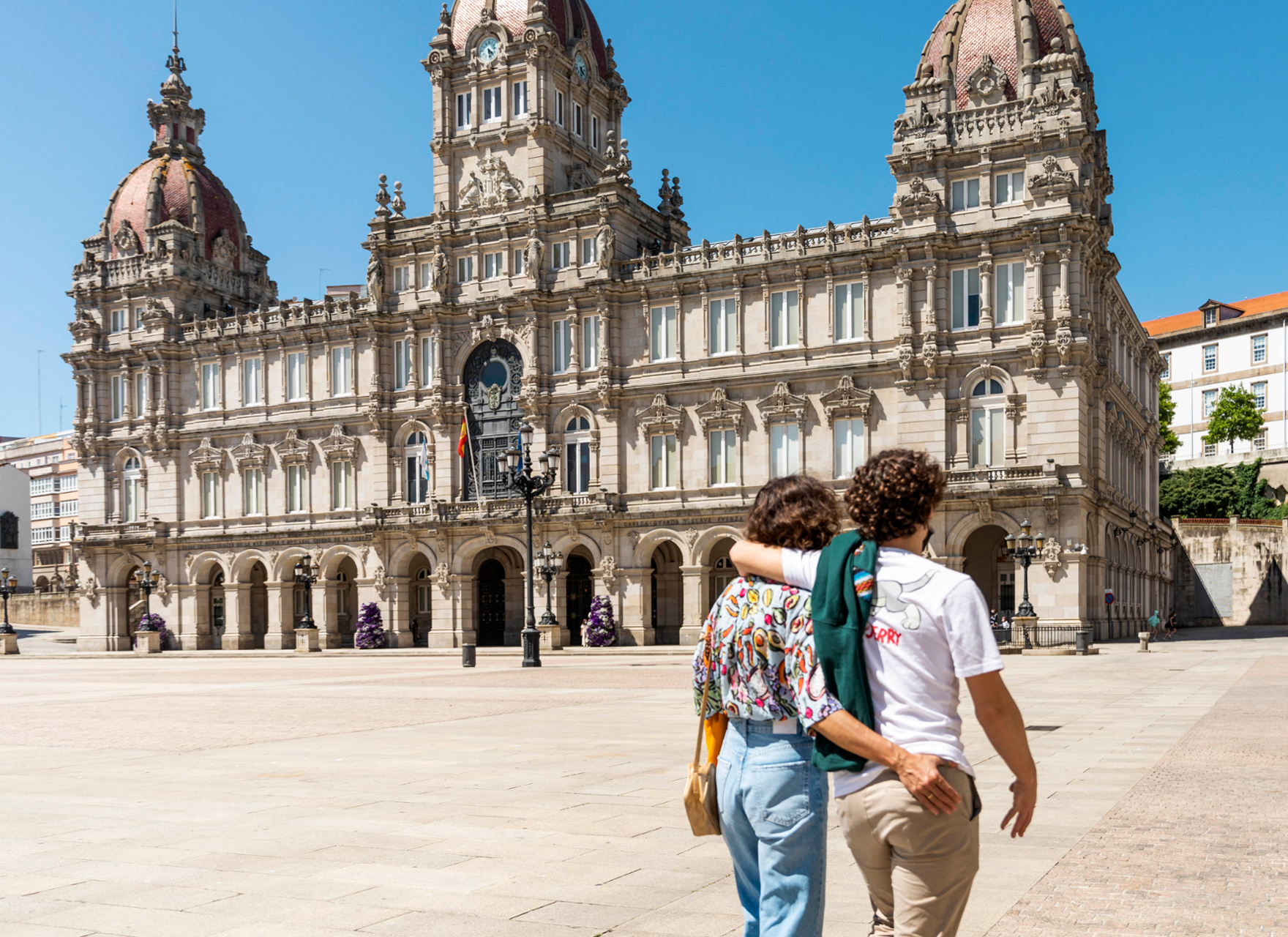
Día 3: Recorriendo la bahía coruñesa
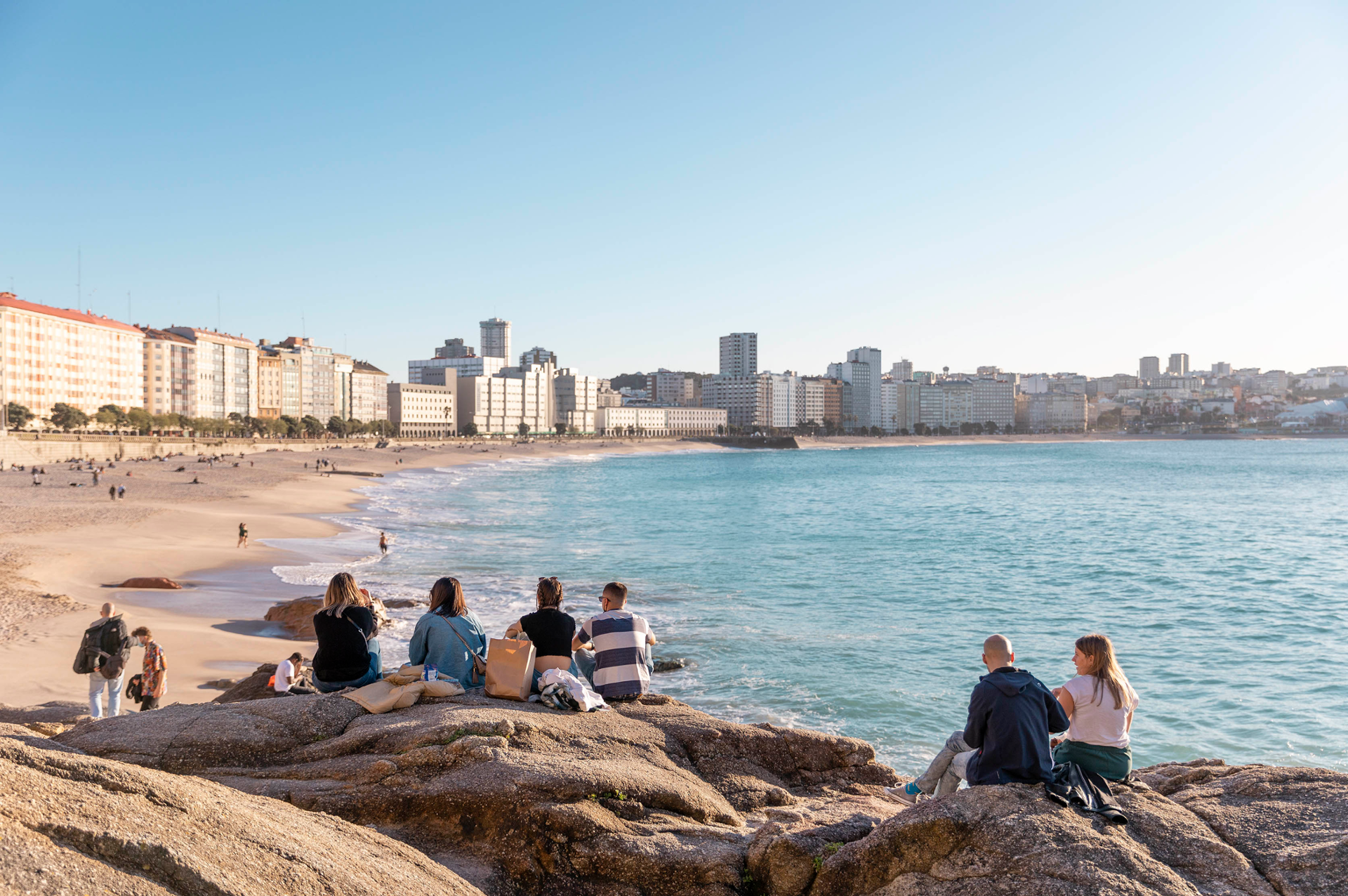
Para finalizar de la mejor manera.
Museo Bellas Artes: Nuestro último día empieza con una visita cultural: el Museo de Belas Artes . Con una colección de más de 5.000 piezas, este museo recoge pinturas, esculturas y otras obras de entre el siglo XVII y el XX.
Playa de Orzán: Bajando hacia el Paseo Marítimo te encontrarás con la playa del Orzán. Si las olas acompañan, en sus aguas verás a numerosos surfistas y en la arena también es habitual ver a gente practicando deportes, como el voley playa.
Plaza de Lugo: Antes de seguir por el Paseo junto a las playas te recomendamos que te adentres en la ciudad hacia la Plaza de Lugo. Siendo una de las zonas comerciales por excelencia, en su centro está el Mercado de la Plaza de Lugo, donde se pueden encontrar el mejor marisco y pescado. Por aquí también encontrarás numerosos restaurantes donde te recomendamos que hagas una parada para disfrutar de los mejores platos.
Riazor: Volvemos hacia el mar para recorrer la playa de Riazor. Esta termina junto al estadio que recibe el mismo nombre, y dónde el R.C. Deportivo logró grandes gestas en el fútbol español. En el contiguo Pazo dos Deportes compiten también otros dos clubes importantes de la ciudad, como el Básquet Coruña o el HC Liceo.
Milenium: Si seguimos recorriendo el Paseo Marítimo, llegaremos hasta el otro obelisco de la ciudad, el Milenium. Este monumento fue inaugurado en el año 2000 para conmemorar el inicio de un nuevo milenio y en sus cristales se narra la historia de la ciudad.
San Pedro: Acabamos el día llegando al Mount San Pedro Park . Antiguamente este era un emplazamiento militar, y en él se pueden observar los cañones que defendían la ciudad. Sin duda, este es uno de los puntos más especiales desde los que disfrutar de la puesta de sol y decir adiós a una ciudad única como A Coruña.
